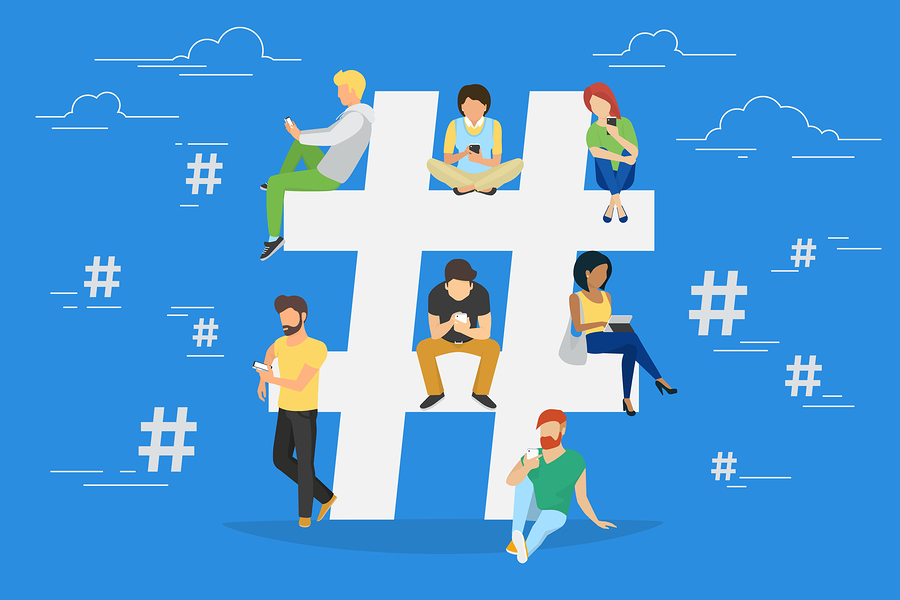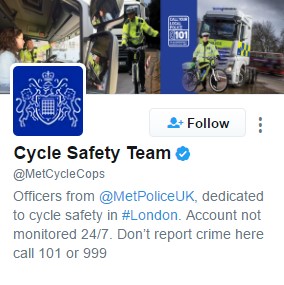Why you’re losing social media followers
Growing an organic audience for your business on social media is no easy task – it can take a long time and lots of hard work. It’s great when it feels like you’re getting somewhere with it, so it’s no wonder many businesses start to panic when they see their follower numbers drop.
Some fluctuation is to be expected, as social media network analytics often lag behind real time. However, if you have a drastic drop in followers it is time to investigate the situation, and make alterations to your social media marketing strategy accordingly. Below I have listed some common reasons for people clicking that ‘unfollow’ button. Are you making any of these mistakes? Be glad if so, as they are easily corrected.
Offensive or unwanted posts
Simply put, if you offend people they will unfollow your account, and it can be easier to offend online than you might think. Always remember that personal opinions on politics, current affairs or… well, anything, belong on your personal social media accounts; keep your business’s accounts clean, unbiased and welcoming for all.
Excessive self-promotion

People don’t follow a business online to be exposed to constant sales patter. Most of us fast forward the adverts on the TV when we can, so why would we willingly follow an account whose updates are all sales-orientated? Sure, slip the odd bit of self-promotion in there, but not too much. I’m an advocate of the 80:20 rule, with 80 per cent being shareable content that interests your audience, and 20 per cent being about your brand.
Bots (don’t count)
Twitter and Instagram are bot-heavy environments. In fact, it has been estimated that there are currently 48 million bots on Twitter. Losing them as followers is really nothing to worry about – they won’t have been interacting with you in a beneficial manner, and were giving you a false follower reading all along anyway.

What’s the frequency, Kenneth?
You need to post often enough to engage your audience, but not so frequently that you overwhelm them and flood their timelines. If you don’t have this balance quite right, you are at risk of losing followers. Take a look at how often you post: could you benefit from altering your schedule? Remember that different platforms involve varying levels of noise – so while a large number of posts on Twitter may be welcomed, the same number on Facebook or Instagram, for example, may be overwhelming for your followers.
Bad timing
When are you posting on your social media channels? Is it when your followers are online? Is at at peak times for the platforms? If not, then why not? There’s no point in posting an update at 11pm if your audience is tucked up in bed and fast asleep at that time. If you’re not using a scheduling assistant yet, this is highly recommended, so you can queue up your posts in advance and get your timing spot on.
Identity crisis
If you lose your focus on your social media channels, the chances are you’ll lose followers too. People follow a business with certain expectations in mind, so make sure you meet them; stay on brand, and ensure everything you post on your social media is highly relevant to your sector or of interest to your followers. You are on social media to deliver value to your audience. Make sure you are sharing plenty of your own content, and don’t overdo it on the RTs or shares.
#Overuse #of #hashtags

#How #Annoying #Is #This #Sentence? Overuse of hashtags leads to posts that are difficult to read. Hashtag-crazy posts also run the risk of emanating an unprofessional feel. On Twitter, limit yourself to between one and three hashtags per tweet to look less spammy and more legible. Make those hashtags count: choose highly relevant tags which people search for or trending hashtags if possible.
Auto DMs are enabled
If you currently use auto DMs on Twitter – don’t! 98 per cent of Twitter users hate receiving them. They serve no purpose other than to clog up inboxes and irritate. Some people even unfollow immediately if they receive an auto DM, and many others quietly resent them, so it’s certainly a risky business to have them switched on. If you want to engage new followers, do so in a personal, natural and non-salesy manner.
Slow responses
People expect a speedy reply on social media these days – in fact, 42 per cent of users expect a response within an hour, and 32 per cent within half an hour. What if you can’t monitor your accounts 24/7? Add a note on your profile about it, like in the example from the Metropolitan Police below. Then add auto responses to your private messaging, informing people that the account isn’t monitored 24/7 but you will respond to them ASAP. Ensure you have an alternative contact method mentioned on your social profiles, such as a telephone number.

Do remember though that follower numbers don’t mean much in the grand scheme of things. Yes, it’s nice to have a large following, but how many of your followers are genuine, and how many follow you because they’re a bot, they entered a competition 6 months ago, or they liked a tweet you sent once but have no interest in your sector? Unless there are drastic changes in numbers, I’d forget your follower count and concentrate instead on pleasing the followers you do have, along with attracting new and relevant ones.